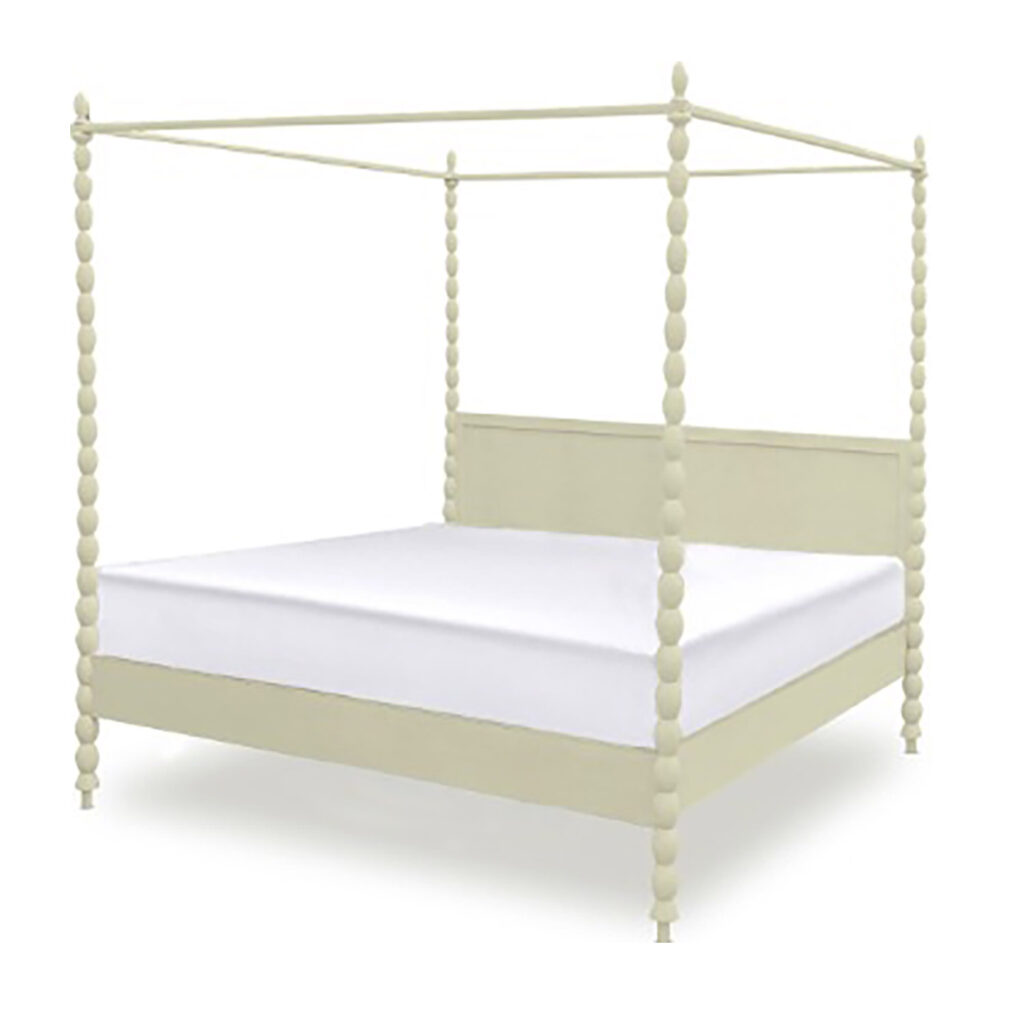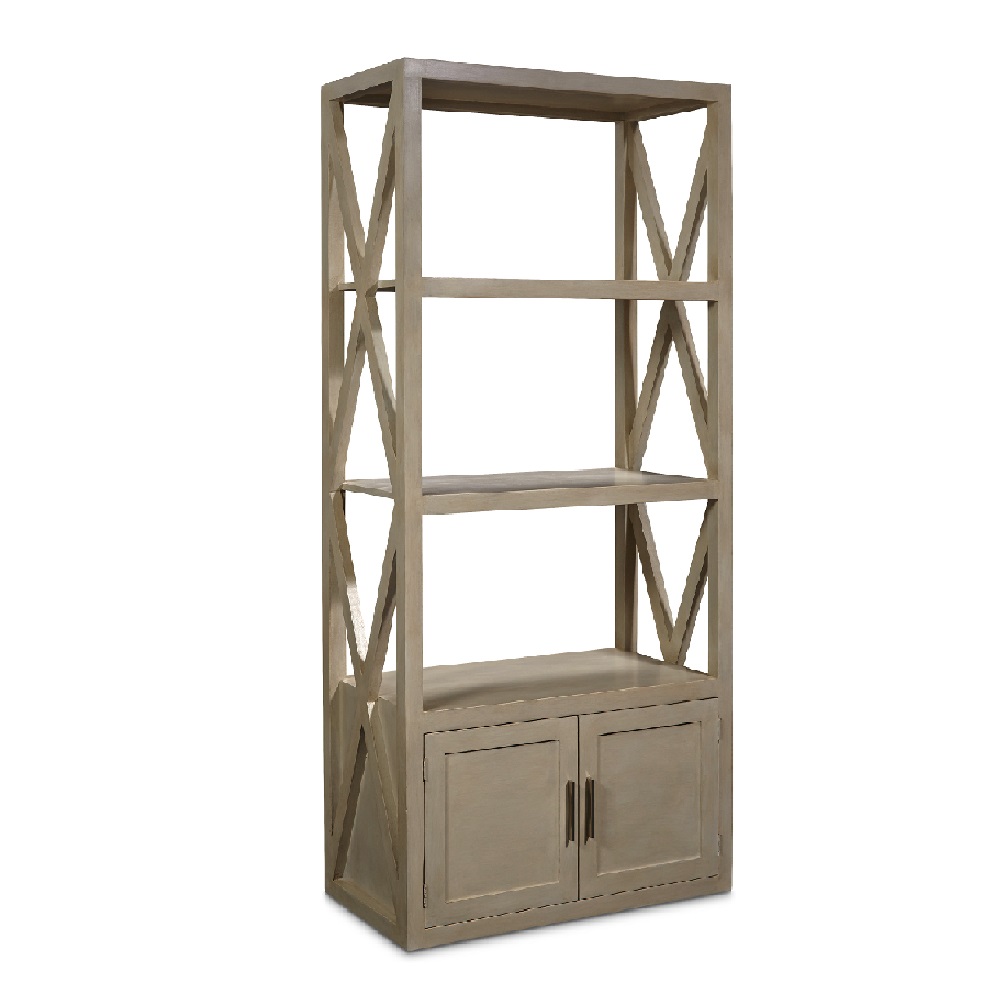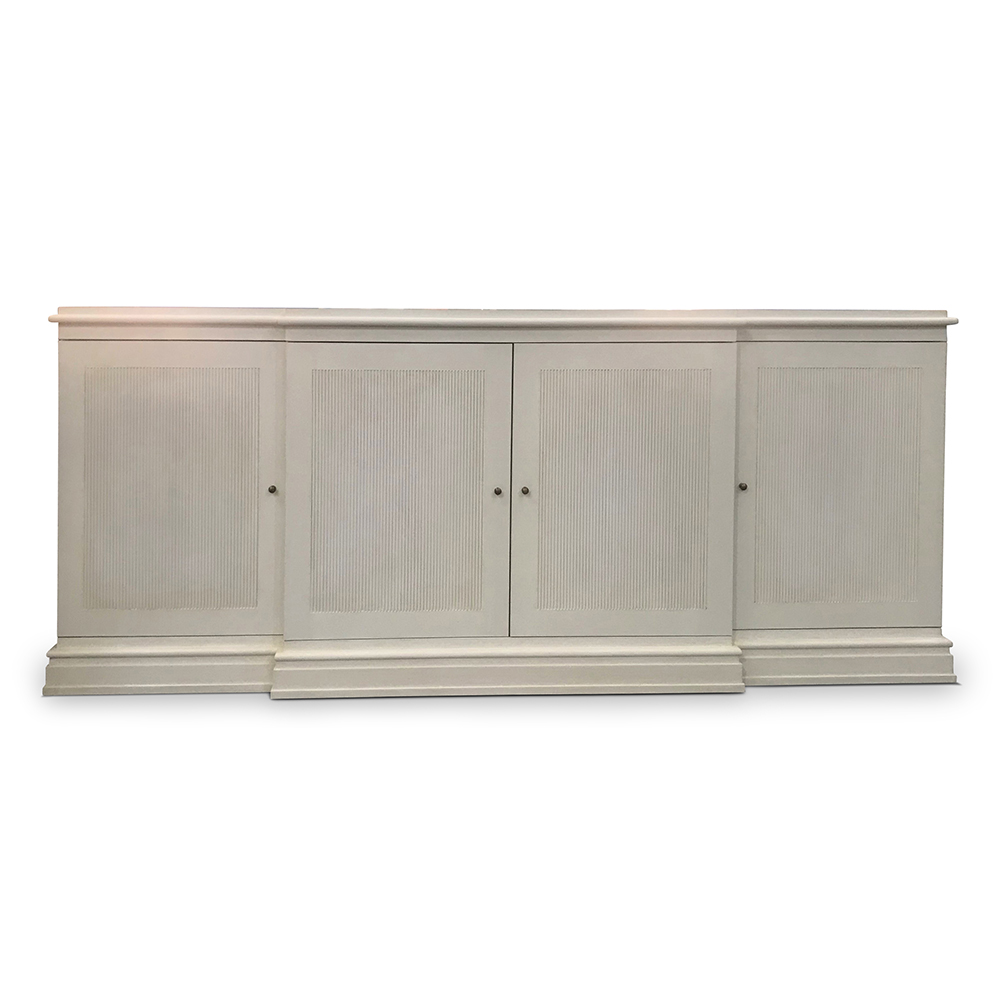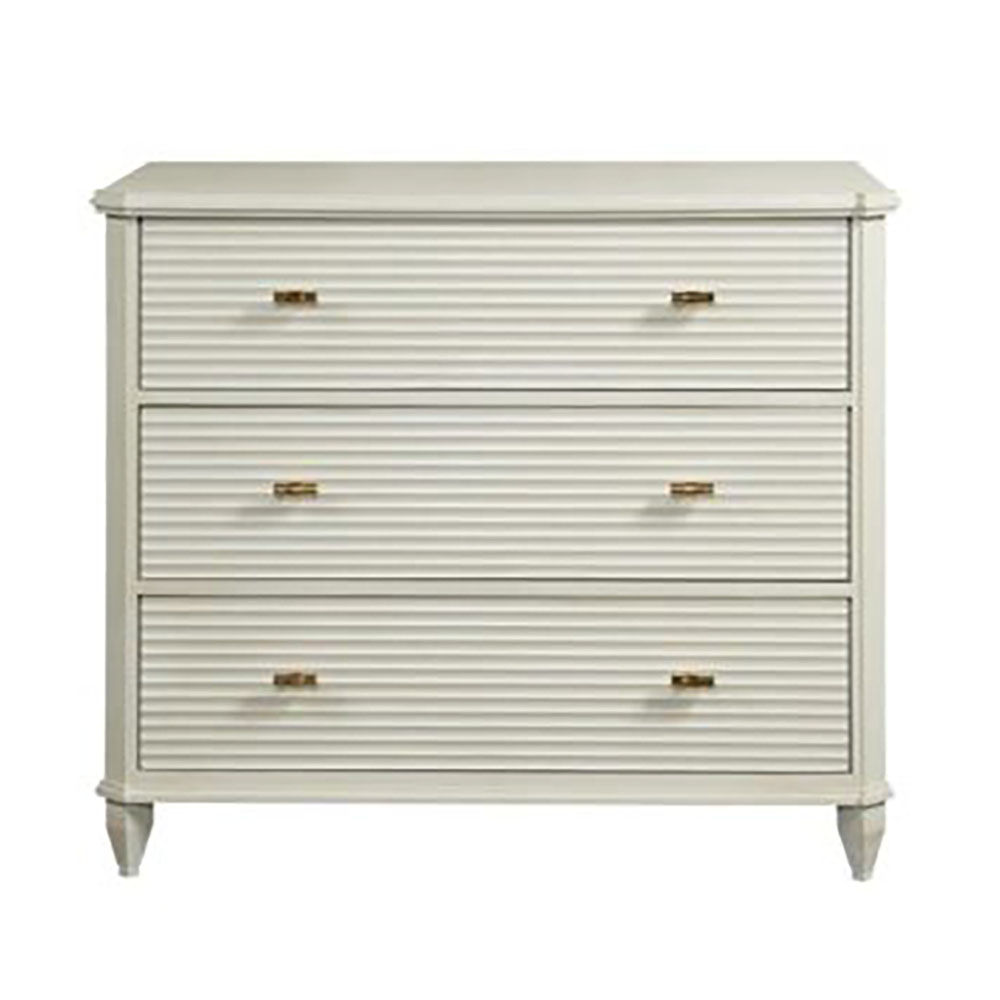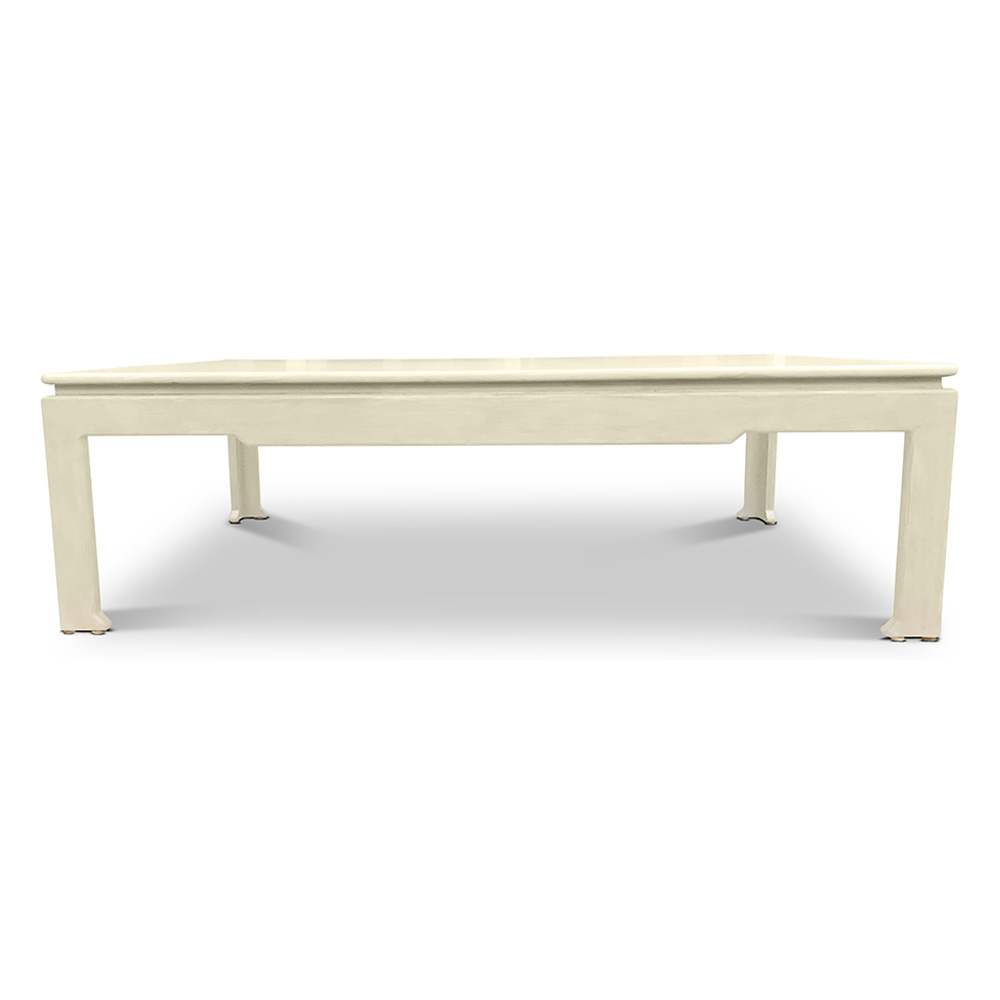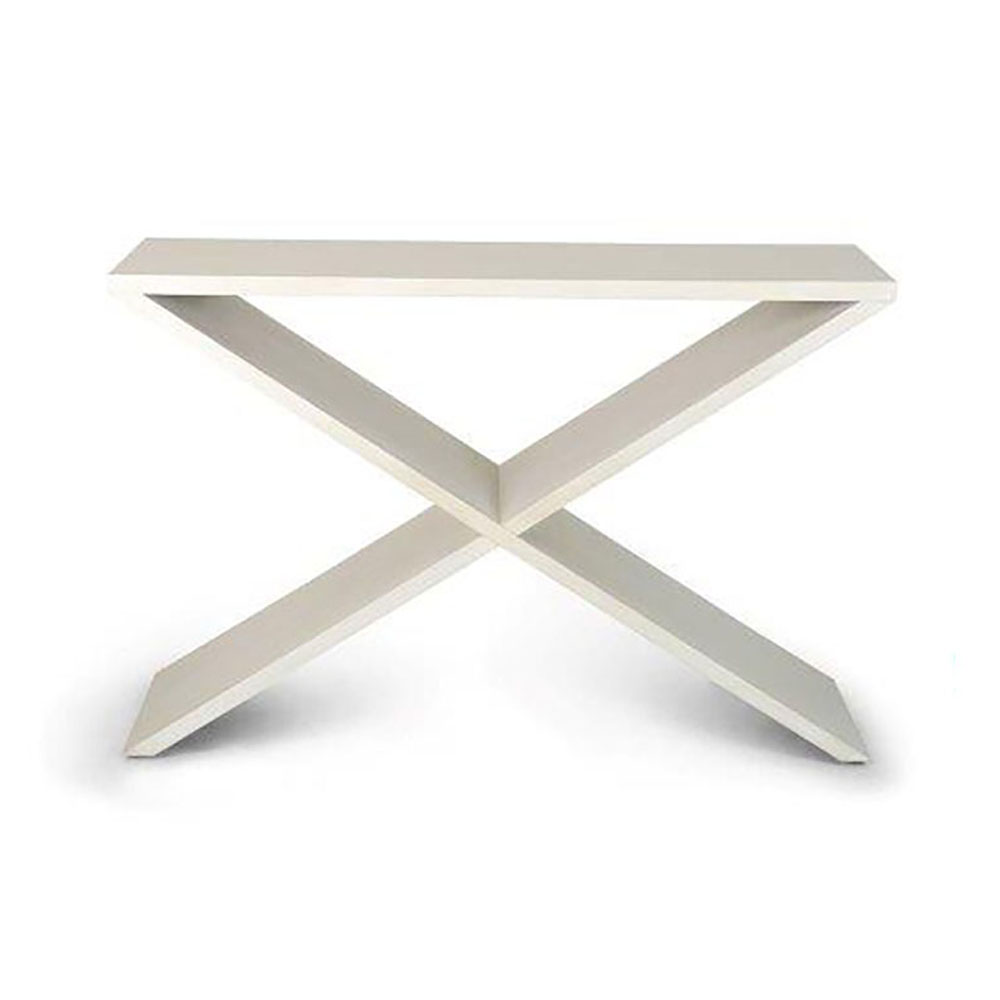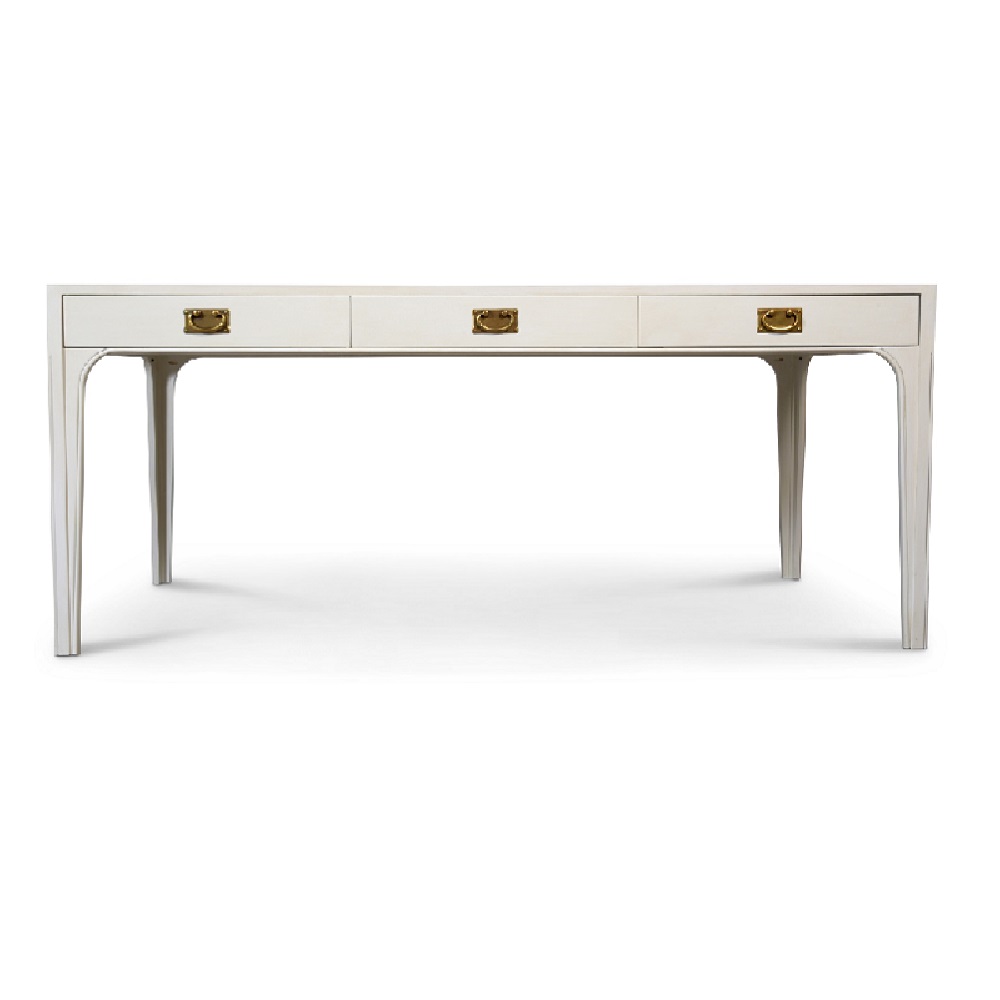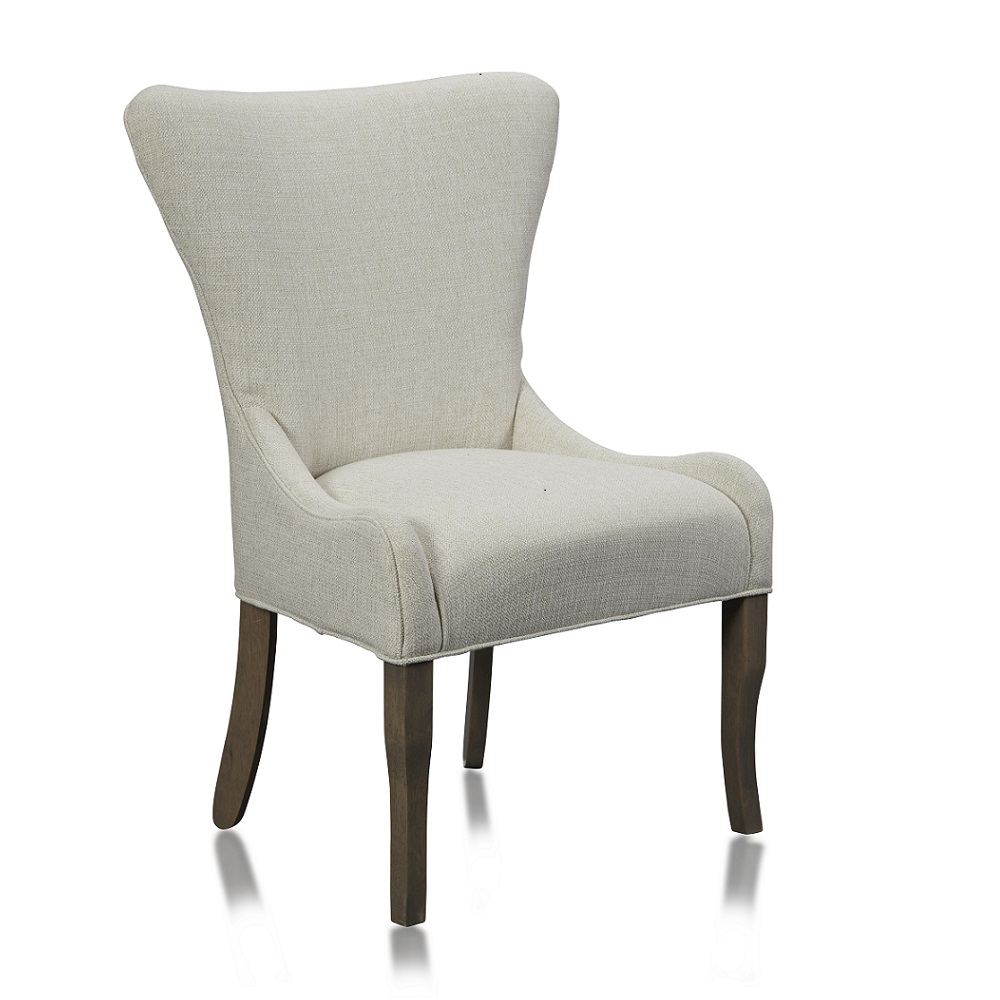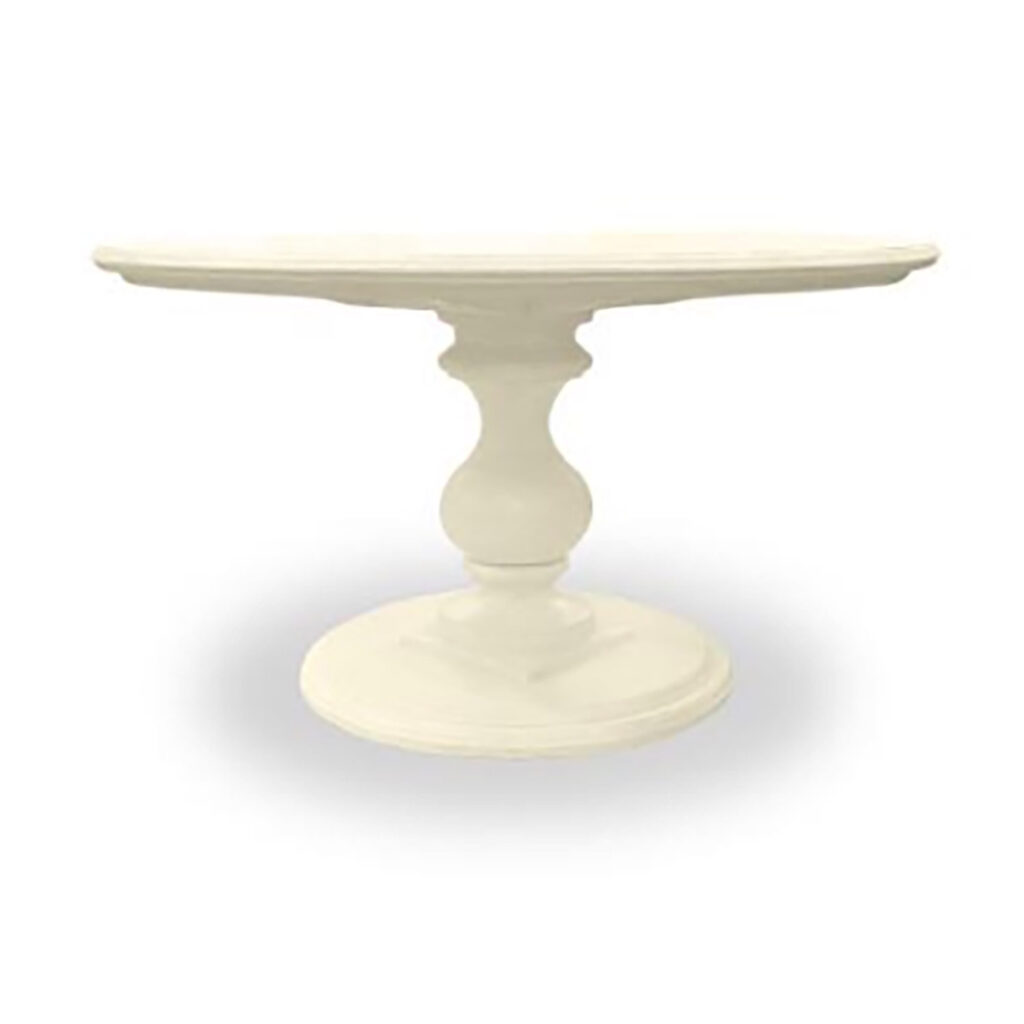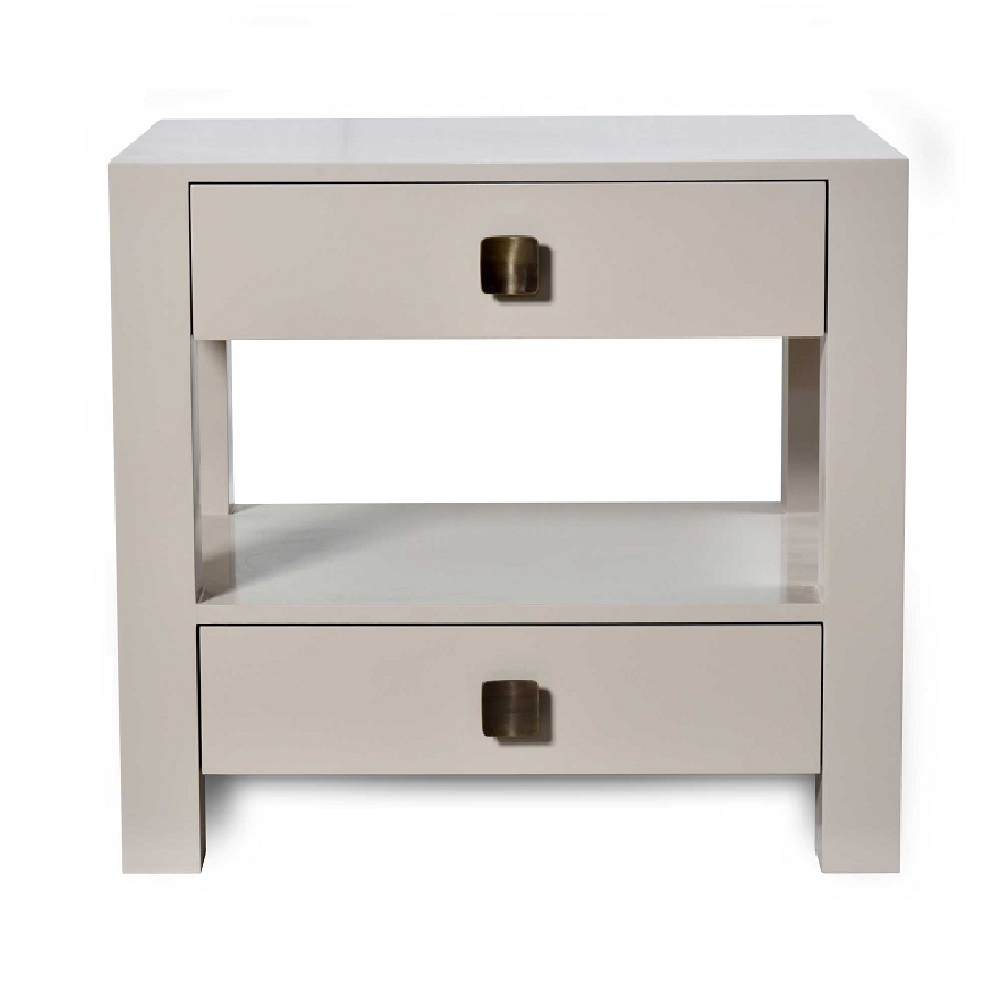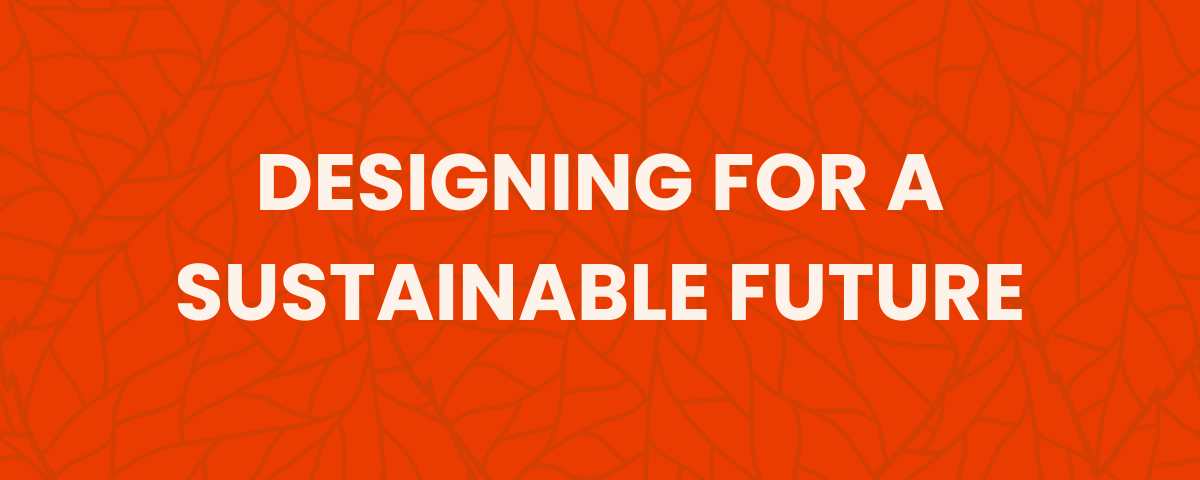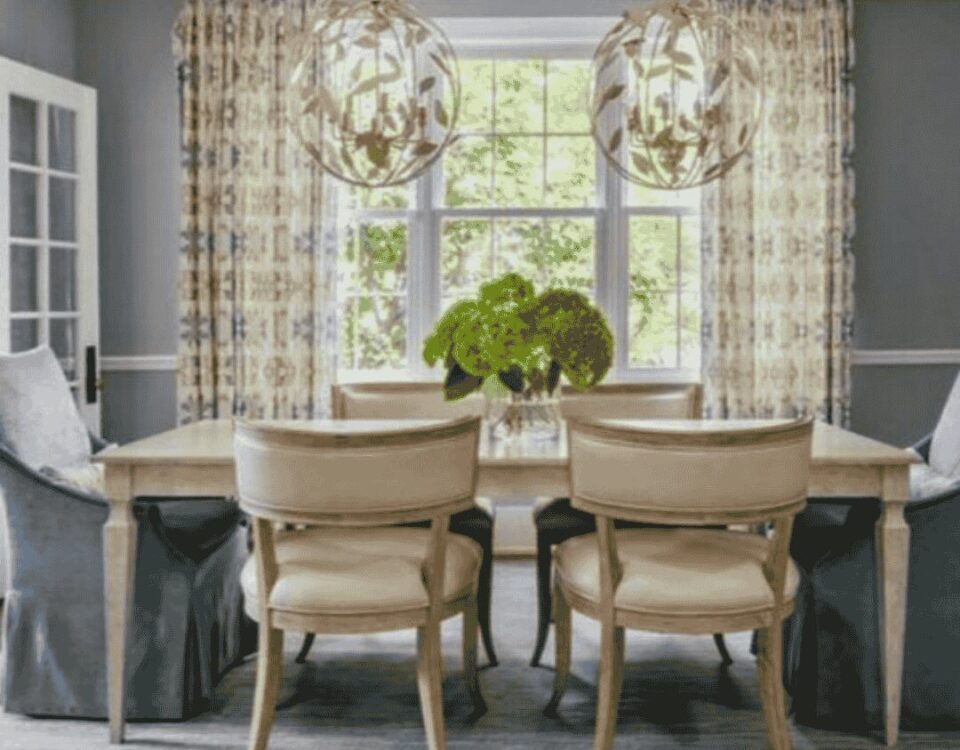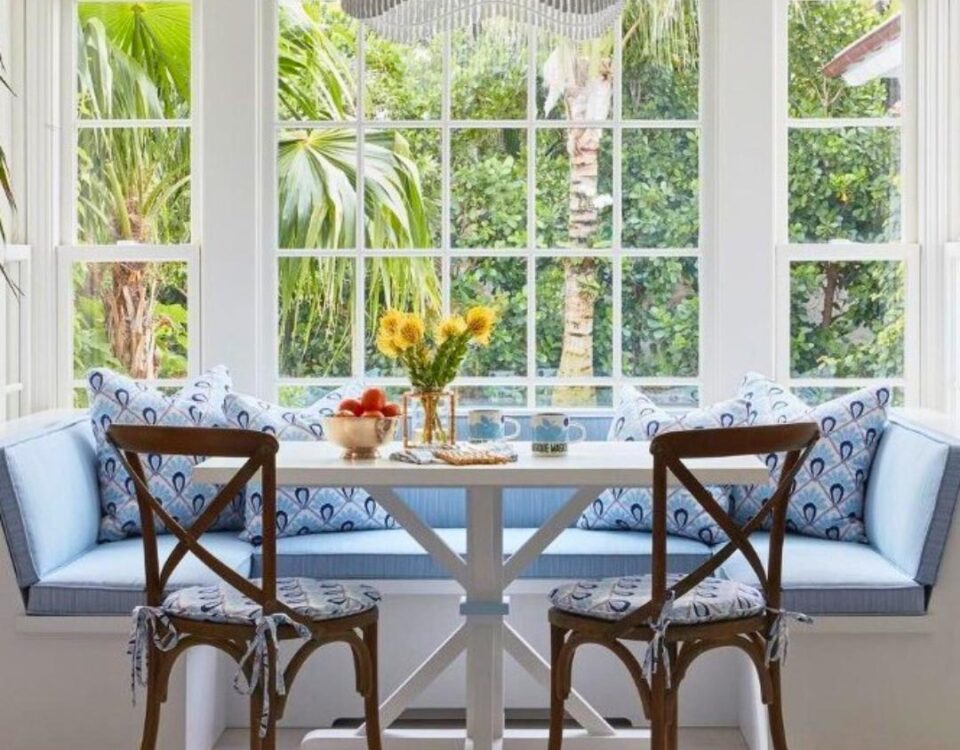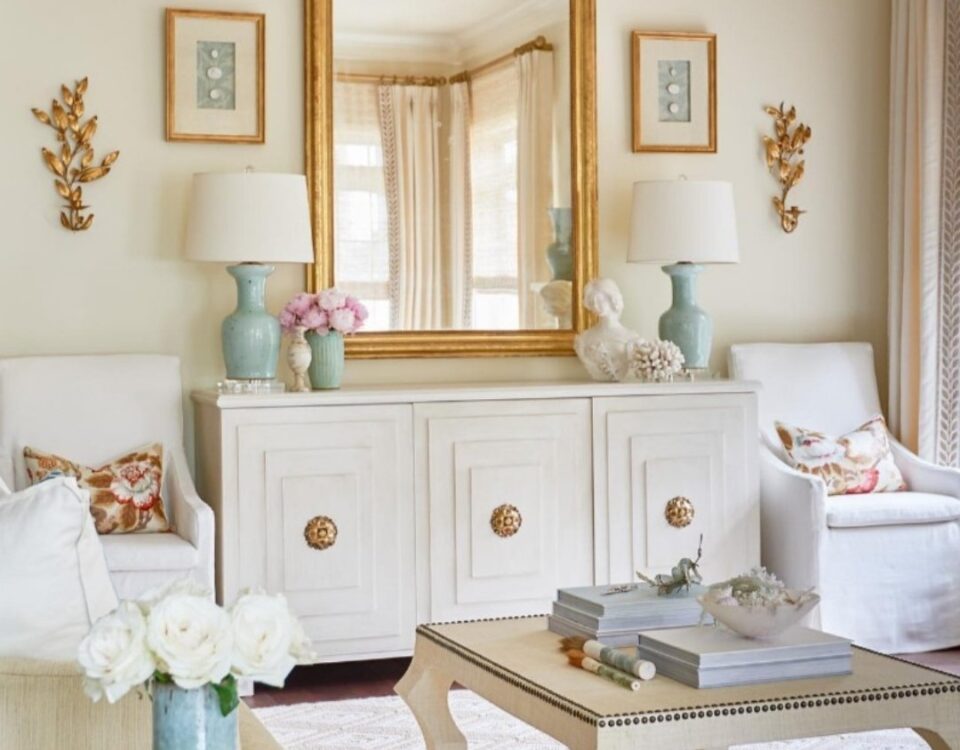
5 Custom Furniture Order Mistakes to Avoid
March 8, 2024
4 Ways to Create a Unique Piece of Custom Furniture
May 6, 2024Sustainability isn’t just a buzzword– it’s a vital consideration shaping the luxury custom furniture industry. It’s about creating spaces that not only exude elegance but also prioritize the well-being of our indoor environments and contribute positively to our planet. Explore the latest trends in sustainable design and discover how Tritter Feefer is at the forefront of crafting eco-conscious custom furniture.
Material Transparency and Traceability
In today’s world of sustainable luxury furniture, transparency and traceability in materials sourcing are more important than ever. Clients want to know the origins of the materials used in their furniture, ensuring ethical practices and minimizing environmental impact. That’s why we meticulously select high-quality materials sourced right here in the United States. This not only supports local communities but also reduces our carbon footprint. Rest assured– our commitment to sustainability never compromises the quality or style of our custom furniture.
Eco-Friendly Finishes
Clients are increasingly more interested in furniture pieces that not only look beautiful but also contribute to a healthier home environment. That’s why we offer a wide range of low to no VOC (Volatile Organic Compound) water-based finishes, applied by our skilled artisans with expert precision. These finishes not only enhance the beauty of our furniture but also prioritize the health and well-being of our clients.
Customization for Longevity
Today’s clients want more than just aesthetic personalization– they’re looking for bespoke furniture pieces designed for longevity and sustainability. With Tritter Feefer, customization options for details like finishes, dimensions, and hardware reduce the likelihood of overproduction and excess inventory. Each piece is made to order, minimizing waste throughout the manufacturing process. Plus, our custom furniture is built to last, reducing the need for frequent replacements and minimizing the environmental impact associated with production and disposal.


